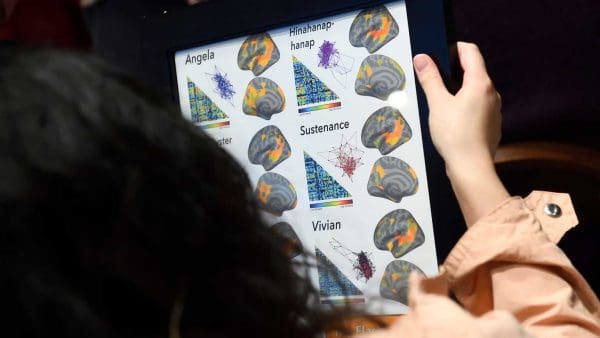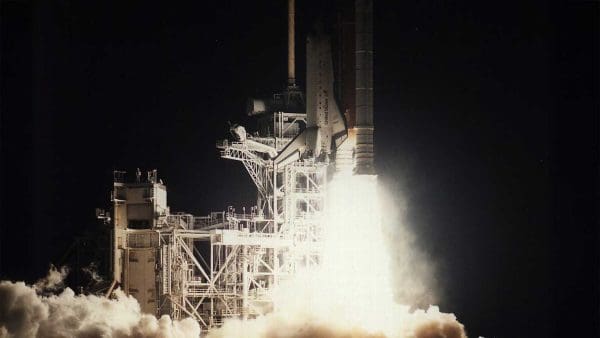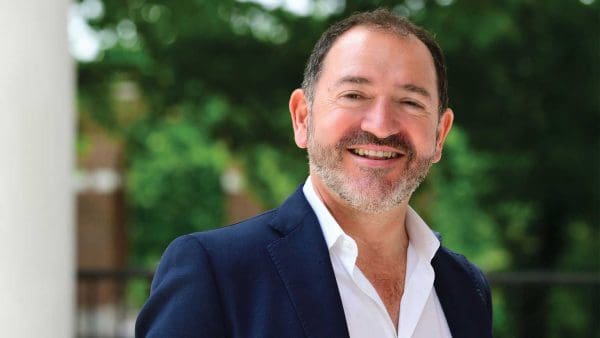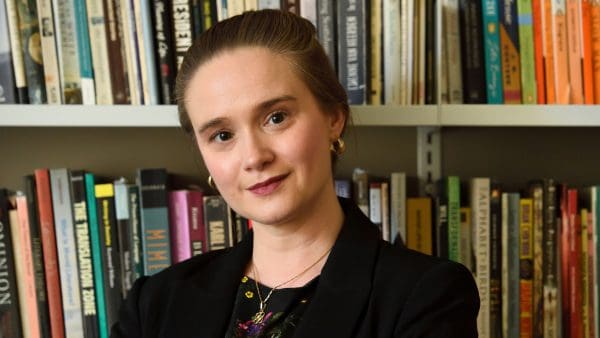I suspect this parting image, seared permanently into our memories, will carry many of us through long meetings and sleepless nights until our next robotic explorer is safely on its way back to Titan.”
Sarah Hörst
Assistant Professor, Earth and Planetary Sciences
National Geographic, September 2017, about the final glimpse at Saturn and its moon, Titan, gathered from the Cassini mission.
Most people in Congress aren’t really addressing it. They seem to be more concerned with the prospects of the middle class. There shouldn’t be any conflict. The middle class has their problems and the poor have theirs, and neither one of them deserves priority over the other. It doesn’t have to be a zero-sum game.”
Robert Moffitt
Krieger-Eisenhower Professor, Economics
The Progressive, July 2017, on why politicians from both parties seem to ignore the needs of the poor.
On one level, taking down statues is a symbolic act. And just taking down the statue won’t improve the chances of folks in Detroit or Baltimore or St. Louis…dealing with Confederate statues is only part of the issue. The issue is public policy.”
Lester Spence
Associate Professor, Political Science
C-Span Washington Journal, August 2017, on the controversy surrounding the removal of Confederate statues after the violent protests in Charlottesville, Virginia.
Even before the 2016 election cycle commenced, conditions were uncharacteristically propitious for a Republican candidate who could appeal to prospective voters in the working class, especially those who had not voted in recent presidential elections but could be mobilized to vote.”
Stephen Morgan
Bloomberg Distinguished Professor of Sociology and Education
Sociological Science, August 2017, on why many working-class voters who were once staunch Democrats became independents, opening the door for a non-traditional Republican candidate in the 2016 presidential election.
It’s an exercise in indirect reasoning. These models let us predict where the soil moisture is going to be in a condition that will allow for breeding sites to form.”
Benjamin Zaitchik
Associate Professor, Earth and Planetary Sciences
Popular Mechanics, September 2017, on how university researchers are partnering with NASA to develop a system that uses satellite and other data to predict malaria outbreaks up to months in advance, helping health practitioners and families prevent the disease’s deadly toll.




